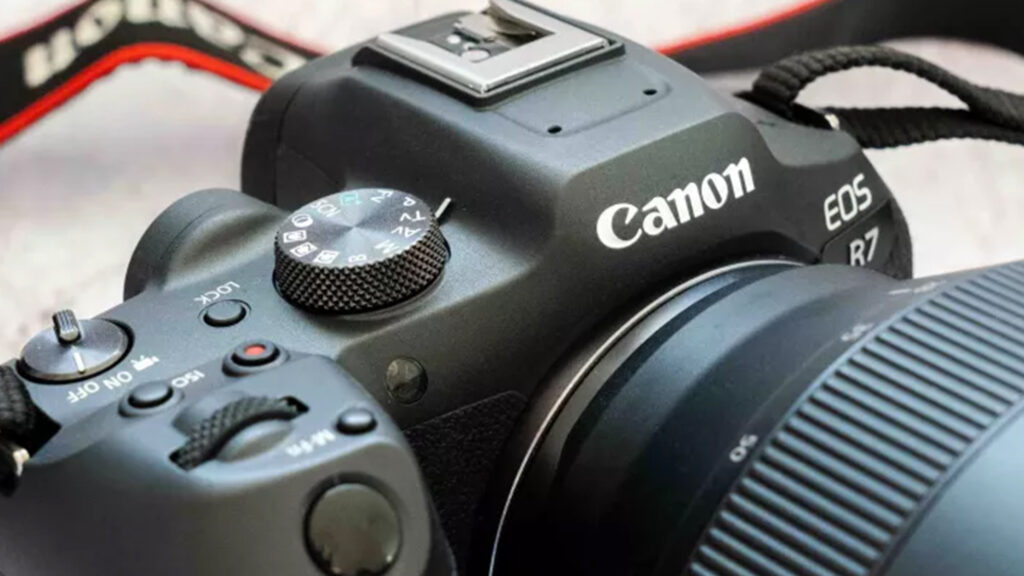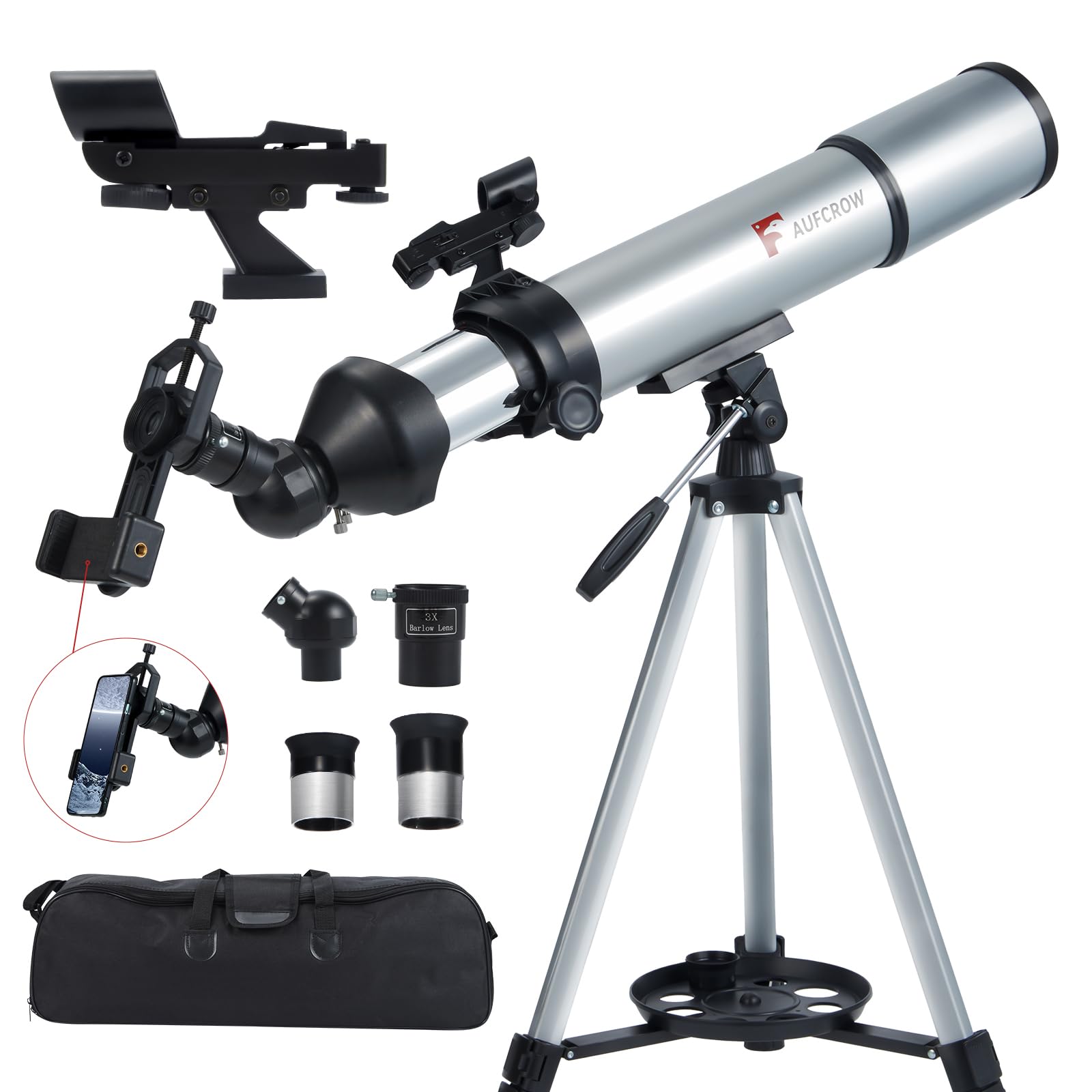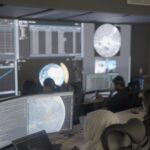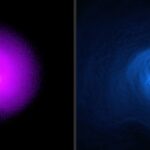Now Reading: Amateur astrophotographer catches a cosmic sunflower in bloom
-
01
Amateur astrophotographer catches a cosmic sunflower in bloom
Amateur astrophotographer catches a cosmic sunflower in bloom
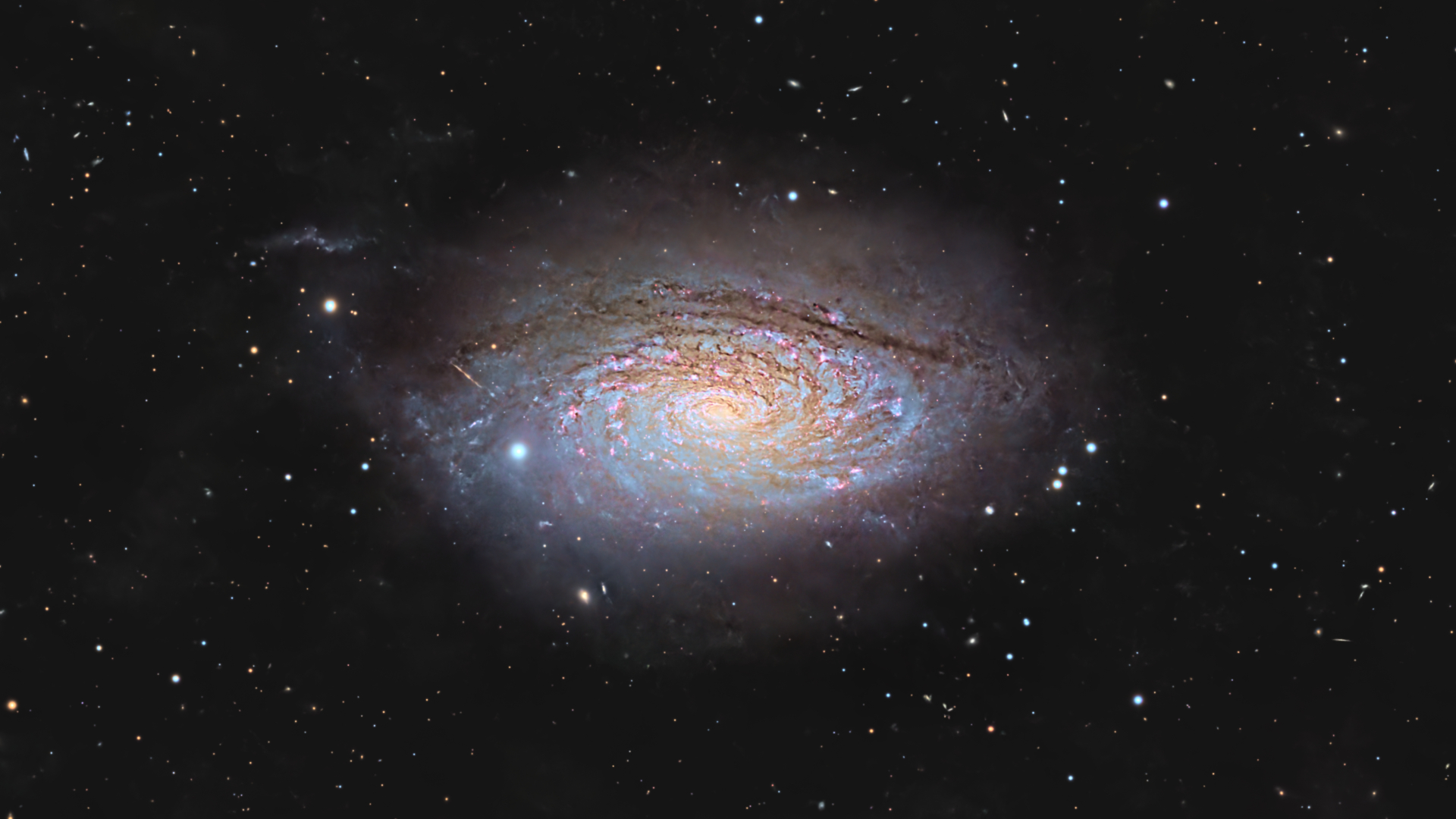
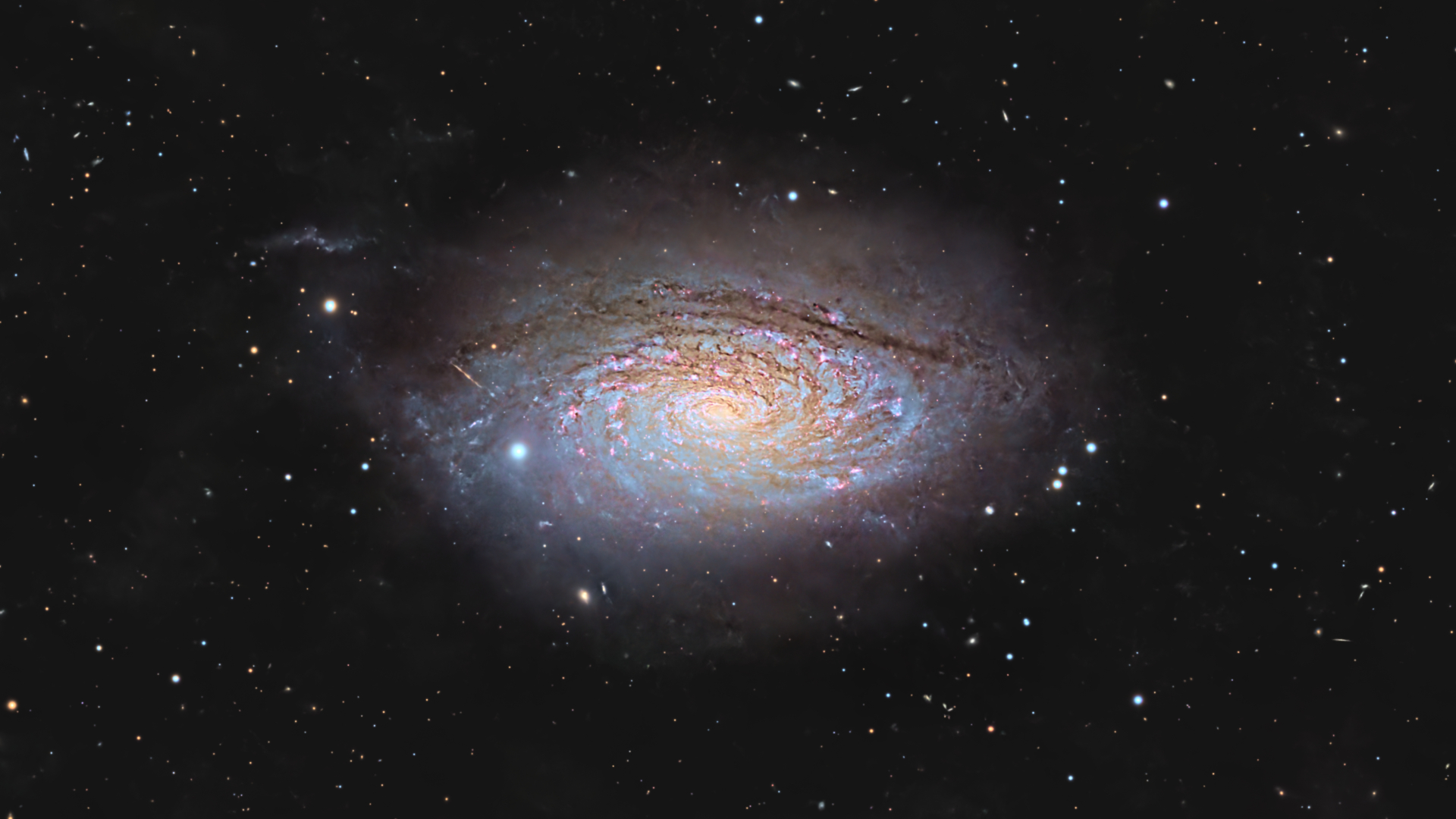
Astrophotographer Ronald Brecher has captured a gorgeous view of the ‘Sunflower Galaxy’ (Messier 63) from his backyard observatory near the city of Guelph in southwestern Ontario, Canada.
Brecher’s deep-sky portrait reveals incredible detail in the arms of the spiral galaxy, the patterning and structure of which bear a striking resemblance to the head of a cosmic sunflower. M63 can be seen shining with the radiation cast out by a multitude of giant newly-birthed white-blue stars, the light from which travelled for some 27 million light-years to reach Earth, according to NASA.
“Poor weather has made imaging a little challenging lately,” Brecher told Space.com in an email. “I was able to get more than 13 hours on M63 in spite of clouds and the moon.”
M63 appears to be formed from many fragmented arms arranged around its bright core, as opposed to the well-defined, sweeping structures that characterize ‘grand design’ spiral galaxies like NGC 3631, or Bode’s Galaxy.
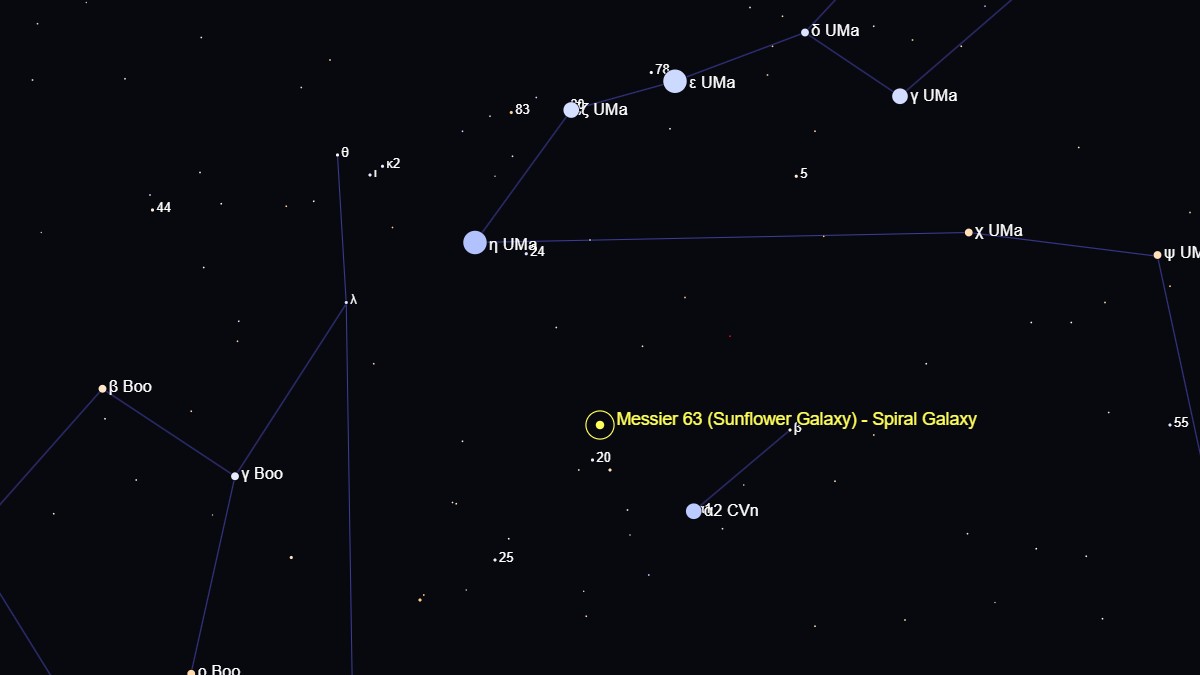
Brecher imaged the Sunflower Galaxy as the moon progressed towards its first quarter phase on the nights of April 17-28 using his Celestron 14″ EDGE HD telescope in conjunction with a monochrome astronomy camera, and a host of helpful peripherals. A little over 13 hours was spent capturing 158 exposures of the galaxy with red, green, blue and hydrogen-alpha filters, the data from which was processed using the astrophoto editing software PixInsight.
TOP TELESCOPE PICK:
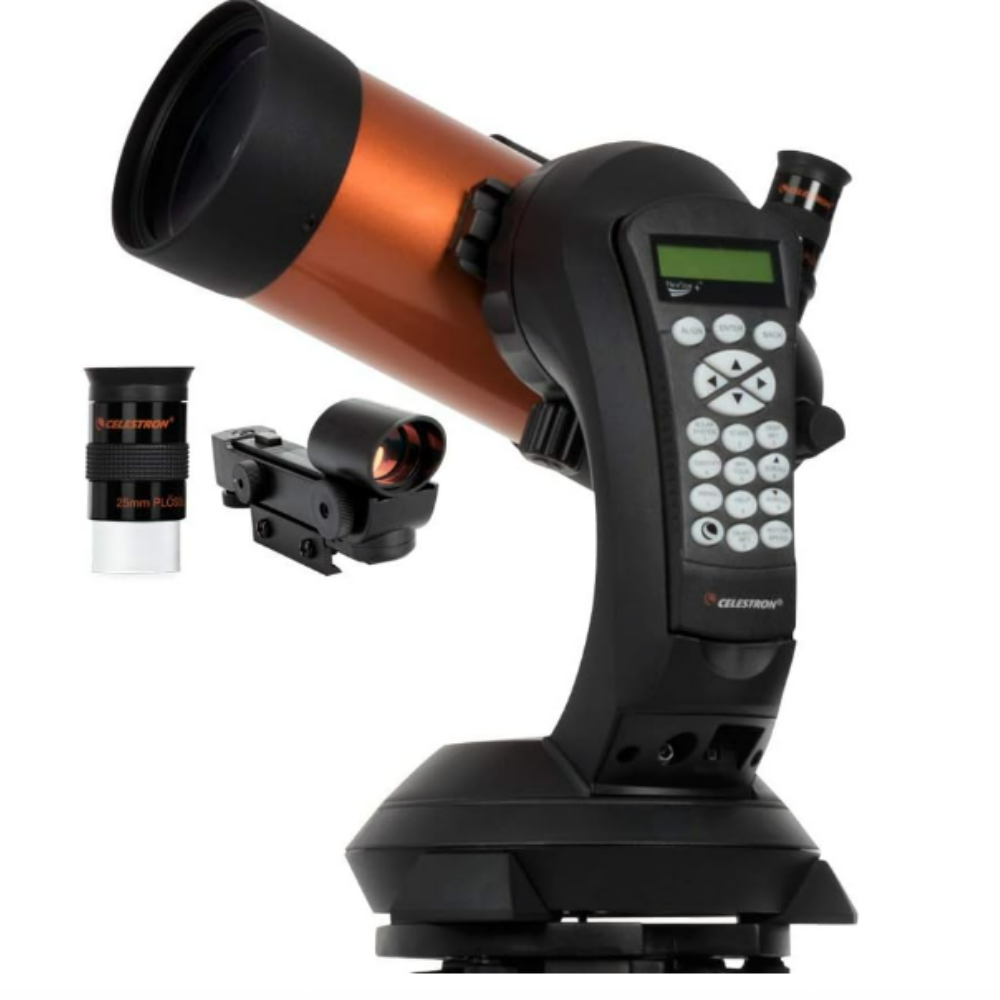
Want to see the wonders of the night sky for yourself? The Celestron NexStar 4SE is ideal for beginners wanting quality, reliable and quick views of celestial objects. For a more in-depth look at our Celestron NexStar 4SE review.
May happens to be the best month in which to view the Sunflower Galaxy, which will be visible as a faint smudge of light in smaller telescopes under good viewing conditions. One way to locate the patch of sky containing M63 is to find the bright stars Arcturus, in the constellation Bootes, and Dubhe, which forms the pouring tip of the pan in the ‘Big Dipper‘ asterism. The Sunflower Galaxy can be found half way between the two. Use a stargazing app if you need help finding the stars.
Interested in capturing the majesty of the night sky for yourself? If so be sure to check out our guides for the best binocular and telescope deals, along with the best cameras and lenses for astrophotography.
Editor’s Note: If you are interested in sharing your astrophotography with the readers at Space.com, please send your photo(s), comments, and your name and location to spacephotos@space.com.
Stay Informed With the Latest & Most Important News
-
 012024 in Review: Highlights from NASA in Silicon Valley
012024 in Review: Highlights from NASA in Silicon Valley -
 02Panasonic Leica Summilux DG 15mm f/1.7 ASPH review
02Panasonic Leica Summilux DG 15mm f/1.7 ASPH review -
 03From Polymerization-Enabled Folding and Assembly to Chemical Evolution: Key Processes for Emergence of Functional Polymers in the Origin of Life
03From Polymerization-Enabled Folding and Assembly to Chemical Evolution: Key Processes for Emergence of Functional Polymers in the Origin of Life -
 04How New NASA, India Earth Satellite NISAR Will See Earth
04How New NASA, India Earth Satellite NISAR Will See Earth -
 05And Thus Begins A New Year For Life On Earth
05And Thus Begins A New Year For Life On Earth -
 06Astronomy Activation Ambassadors: A New Era
06Astronomy Activation Ambassadors: A New Era -
07SpaceX launch surge helps set new global launch record in 2024













